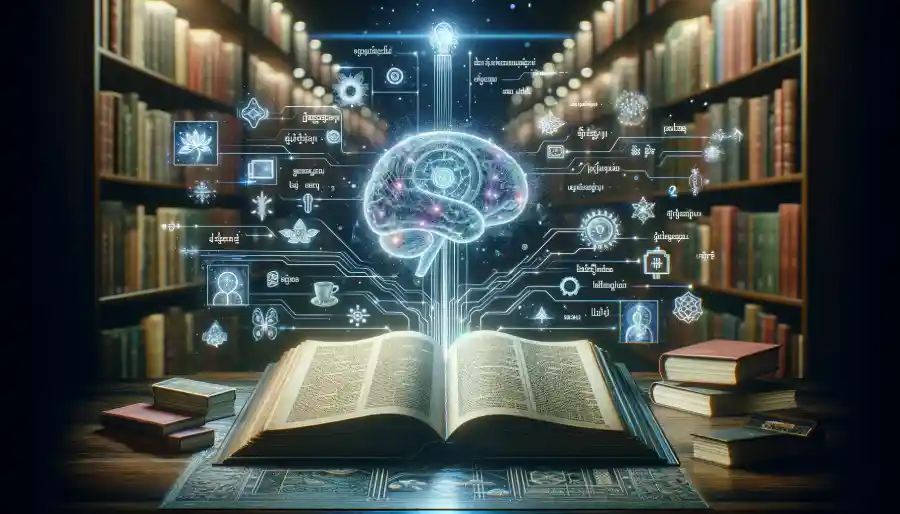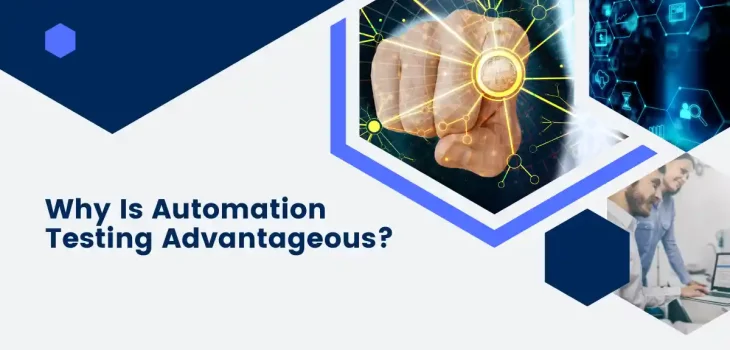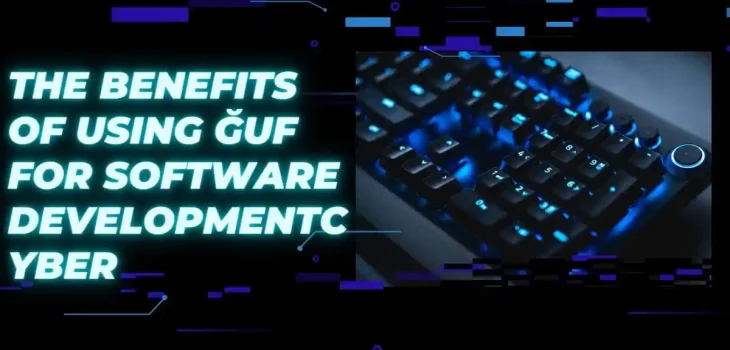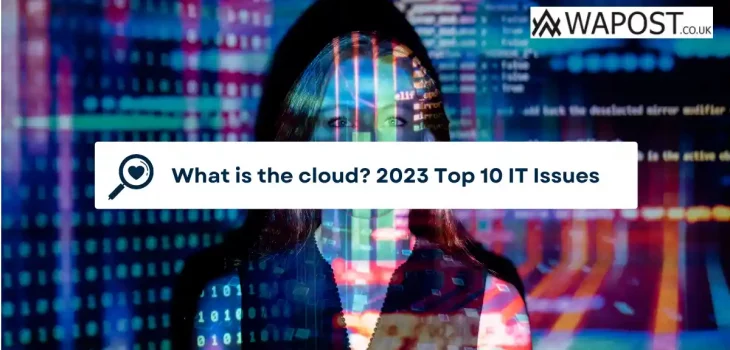Übersetzer: Decoding User Expectations in Translation
In today’s interconnected world, the art of translation has transcended beyond mere word-to-word conversion; it has become a bridge connecting cultures, businesses, and individuals across linguistic divides. ‘Übersetzer,” the German term for ‘translator,” embodies this pivotal role in our globalized society. As we delve into the realm of digital translation, it is essential to understand the evolving landscape shaped by user demands and technological advancements.
The quest for effective translation services is about more than finding a linguistic counterpart in another language. It’s about capturing the essence, context, and cultural nuances that are integral to communication. Users today seek more than just a basic translation tool; they desire a comprehensive language solution that is accurate, reliable, and intuitive. This expectation extends to various aspects of translation, from simple text conversion to complex document interpretation and real-time language assistance.
The integration of technology in translation, particularly through AI and machine learning, has revolutionized how we approach language barriers. Digital translation tools, powered by sophisticated algorithms, offer unprecedented levels of accuracy and speed, making them indispensable in both personal and professional settings. However, this technological integration has its challenges. Users often grapple with contextual misinterpretation issues and machine translation’s limitations in understanding idiomatic expressions and cultural references.
As we explore the landscape of ‘übersetzer,’ it’s crucial to recognize the diverse needs of users. From travelers seeking quick translations on-the-go to businesses requiring accurate localization of content, the spectrum of user expectations is broad and varied. This introduction sets the stage for a deeper exploration into the world of digital translation, examining how user expectations shape the future of ‘übersetzer’ and how these reshapeng our approach to language and communication.
Understanding User Expectations
Understanding user expectations is paramount in the intricate world of translation, or ‘übersetzer.’ Users of translation services seek more than mere linguistic conversion; they desire a deep, culturally nuanced understanding that resonates across linguistic boundaries. This expectation is rooted in the essential role that translation plays in global communication, as highlighted in the Washington Post UK’s exploration of käntäjää, the Finnish term for translators.
The Essence of User Expectations in Translation
Users expect translations to capture the essence of the original message, maintaining its tone, style, and emotional impact. This involves a word-for-word translation and an adaptation that considers cultural nuances and contextual relevance. As discussed in the Washington Post UK’s feature, professional translators are expected to be linguists, researchers, and cultural mediators, ensuring that translations are accurate and culturally appropriate.
The Demand for Specialized Translation Services
There is a growing demand for specialized translation services, such as Italian to Finnish translation, which requires a deep understanding of both linguistic intricacies and cultural contexts. Users expect translators to be proficient in specific language pairings and to have a comprehensive grasp of the cultural subtleties involved. This level of expertise is crucial in contexts like international diplomacy, business negotiations, and cultural exchanges, where precision and cultural sensitivity are paramount.
Balancing Technology and Human Expertise
With the advent of AI and machine translation, the landscape of ‘übersetzer’ is evolving. While these technologies offer efficiency and speed, they often fall short in understanding context and cultural subtleties. Users expect a synergy between human expertise and machine efficiency. Translators are increasingly using Computer-Assisted Translation (CAT) tools to enhance accuracy and consistency while providing the necessary human oversight to refine machine-generated translations.
The Role of Technology in Translation Übersetzer

The advent of technology in the field of translation has brought about a seismic shift in how language services are delivered. Gone are the days of solely relying on manual translation; the digital era has introduced a plethora of tools and software that streamline and enhance the translation process. This transformation is evident in the speed and volume of content that can now be translated, the ease of access to translation services, and the expanded range of languages covered.
The Impact of AI and Machine Learning on Übersetzer
Artificial Intelligence (AI) and machine learning have been game-changers in the übersetzer realm. These technologies have enabled the development of sophisticated translation algorithms that can learn from vast amounts of data, improving their accuracy over time. AI-driven translation tools can now handle context, slang, and even idiomatic expressions to a certain degree, offering more nuanced and contextually appropriate translations than ever before.
Comparing Online Translation Tools
The market is replete with a variety of online translation tools, each offering unique features and capabilities. From Google Translate’s widespread accessibility and user-friendly interface to more specialized tools like DeepL, which is renowned for its superior handling of context and nuance, the options are diverse. Other notable services include Microsoft Translator and Yandex. Translate, which also offer real-time translation capabilities and integration with various platforms.
Analysis of Features That Meet User Expectations
Several key features that align with user expectations stand out when comparing these tools. These include the accuracy of translation, the range of languages supported, ease of use, and the ability to handle different dialects and colloquialisms. Additionally, features like real-time translation, voice recognition, and integration with other apps and services are increasingly in demand as they enhance the utility and versatility of these tools.
Challenges in Digital Translation
Despite the advancements, users often need help with digital translation tools. These include issues with translating complex sentences, handling industry-specific jargon, and accurately conveying tone and cultural nuances. Misinterpretations and errors, while reduced, are still prevalent, especially in languages with fewer resources or in translations involving less commonly spoken dialects.
The Balance Between Automated and Human Translations
Today’s key challenge in digital translation is finding the right balance between automated and human translations. While AI and machine learning have significantly improved the efficiency and accessibility of translation, the nuanced understanding and cultural sensitivity of a human translator are irreplaceable. This balance is crucial in professional settings, where the stakes of miscommunication are high, and in literary or artistic translations, where the subtleties of language play a vital role.
Lastly, while technology has vastly improved the capabilities and reach of translation services, the human element remains a critical component in ensuring accuracy and cultural relevance. Übersetzer’s future lies in the synergy between technological advancements and human expertise, catering to global communication’s complex and evolving neon.
Conclusion
As we reflect on the journey of ‘übersetzer’ in the digital age, it’s clear that the field of translation is at a pivotal crossroads. The integration of technology, particularly AI and machine learning, has revolutionized the way we approach language barriers, making translation more accessible and efficient than ever before. However, as we’ve explored, this technological evolution does not diminish the irreplaceable value of human insight and cultural understanding in translation.
The balance between machine efficiency and human expertise is a delicate one. While online tools like Google Translate and DeepL have made quick translations a part of our daily lives, specialized and context-sensitive translations, such as those discussed in the Italian-Finnish translation article, still require the nuanced touch of a skilled translator. These professionals bring more than just linguistic knowledge; they bring an understanding of cultural subtleties and contextual relevance that machines are yet to fully replicate.
Moreover, as highlighted in The Washington Post UK’s article on the future of translation services, the role of human translators is evolving rather than diminishing. They are increasingly taking on roles as editors and quality controllers in AI-assisted translation processes, ensuring the translations are culturally and linguistically accurate.
In conclusion, ‘übersetzer’ is a testament to technology coexisting harmoniously with human expertise. As we continue to navigate the complexities of global communication, the demand for both quick, automated translations and thoughtful, human-mediated translations will persist. The future of translation services is not a choice between technology and human skill but rather a blend of both, each complementing the other to meet the diverse and evolving needs of users around the world.







